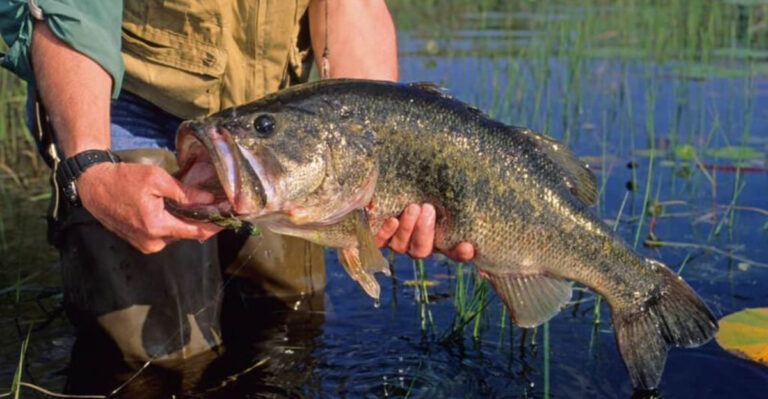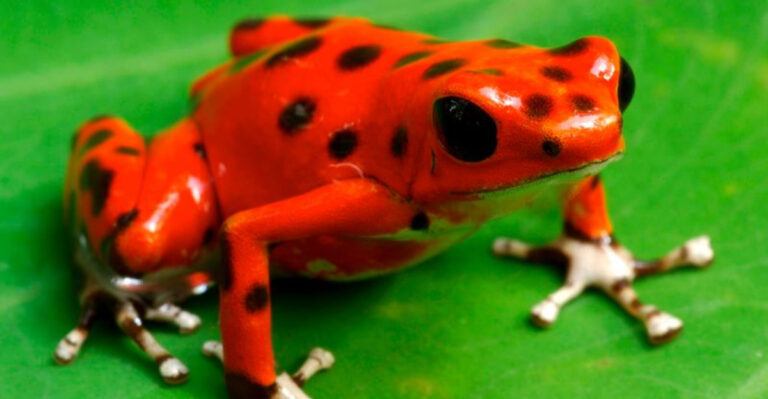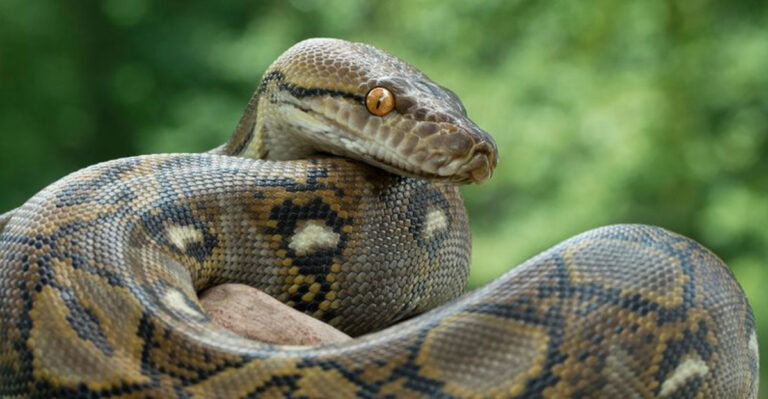15 Most Poisonous Snakes In Central America
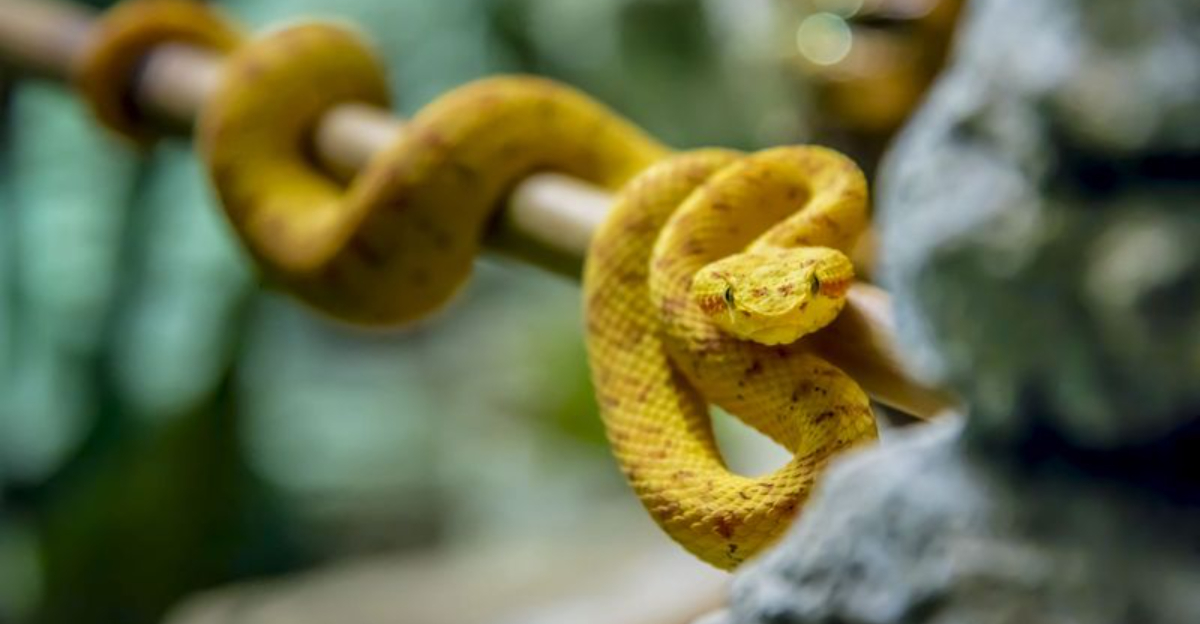
Imagine you’re wandering through the lush rainforests of Central America, the air thick with intrigue and the unknown slithering just out of sight. A vibrant tapestry of wildlife stretches out before you, but beware—hidden within this beauty are some of the most venomous snakes you’ll ever encounter.
These serpents boast more than just a striking appearance; they’ve evolved into masters of their domain, wielding venom that commands respect. Join us on this captivating journey as we unveil 15 of Central America’s deadliest snakes, each one more fascinating than the last.
1. Fer-de-Lance
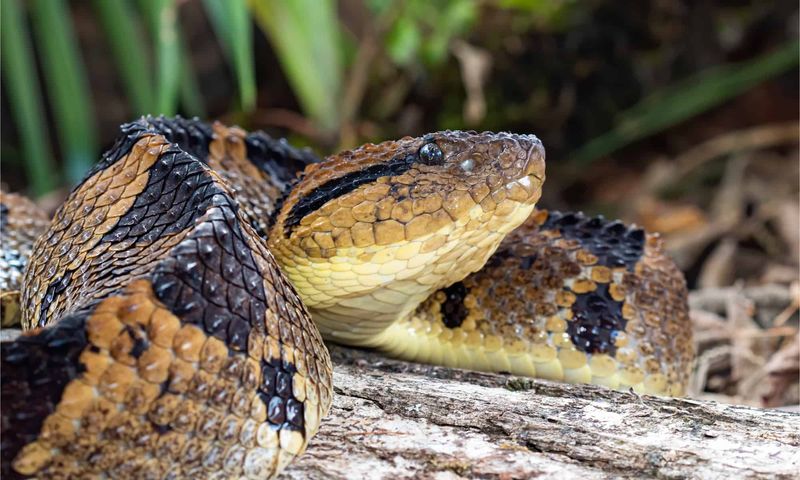
Lurking in the shadows of Central America’s forests is the Fer-de-Lance, a snake whose bite is as infamous as its name suggests. With scales that mimic the forest floor, this master of disguise waits patiently for prey. Its venom can dissolve tissue, making it a formidable predator.
2. Bushmaster
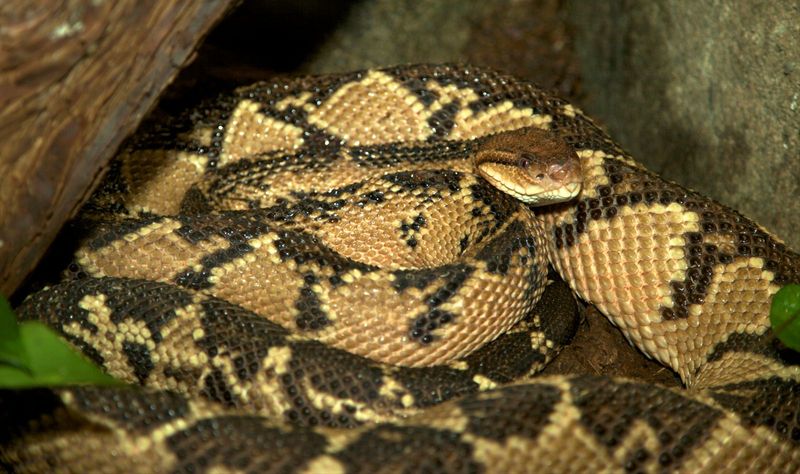
Silent and stealthy, the Bushmaster is not just the largest pit viper but also one of the most elusive. Known for its patience, this snake can remain motionless for hours, waiting for the perfect moment to strike. Its venom is potent, but it prefers to avoid human encounters.
3. Eyelash Viper
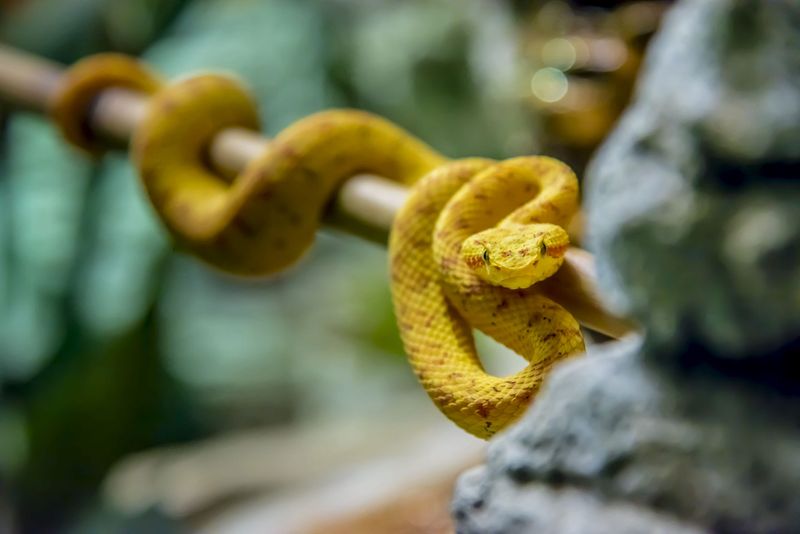
With eyelashes that would make any fashionista jealous, the Eyelash Viper is as stylish as it is deadly. Found in a spectrum of colors, it uses its appearance to blend seamlessly into its arboreal habitat, striking with precision when prey comes close.
4. Coral Snake
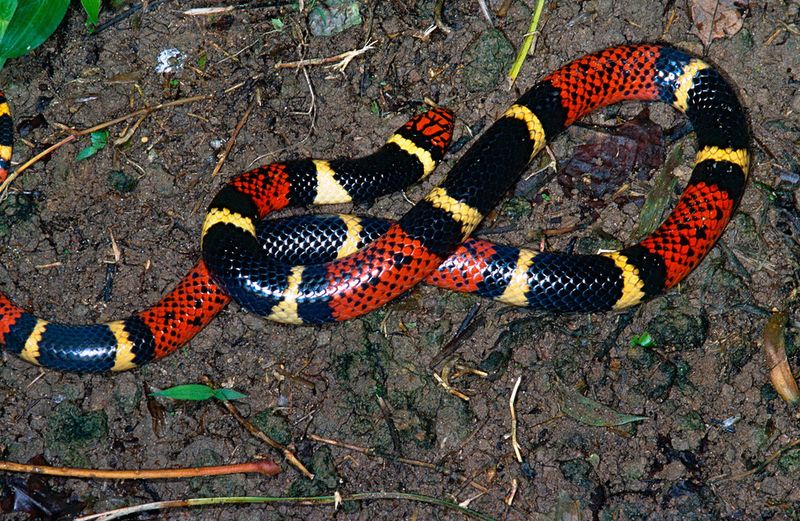
With a color pattern that’s both beautiful and dangerous, the Coral Snake is a visual warning in the wild. This snake’s venom affects the nervous system, causing paralysis. Remember, “red touch yellow, kill a fellow” is a rhyme that can save lives.
5. Central American Rattlesnake
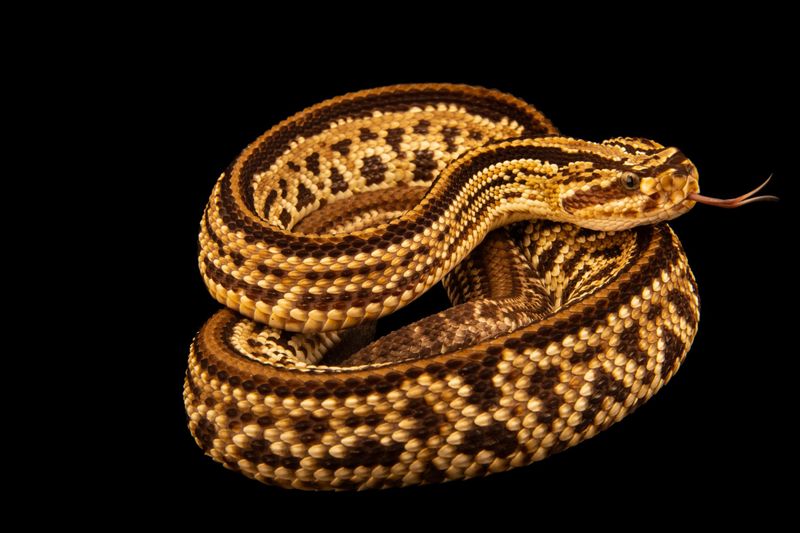
Rattling its tail as a warning, the Central American Rattlesnake means business. Known for its potent venom, this snake has a strike that is both fast and precise. Its warning rattle is a sound that commands attention and respect.
6. Hog-nosed Pit Viper
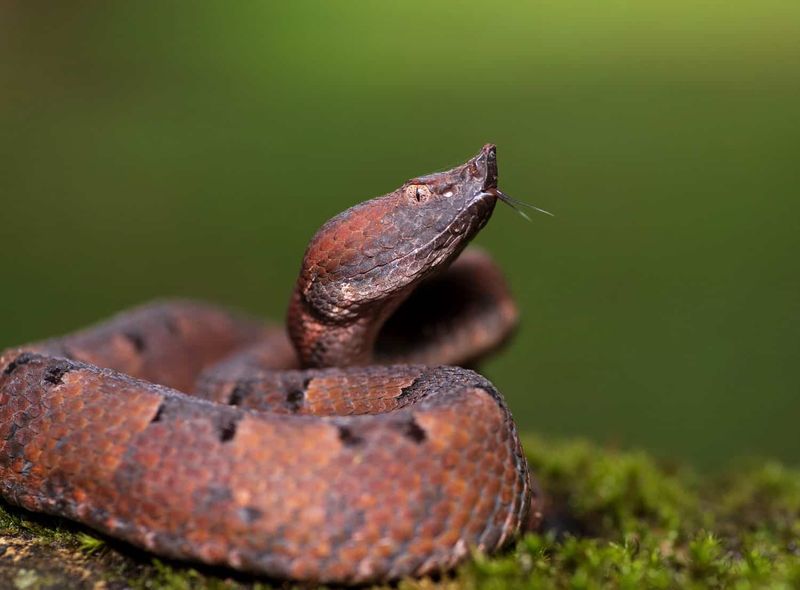
Small but mighty, the Hog-nosed Pit Viper is a snake with an attitude. Its distinct upturned nose gives it a unique appearance, while its venom packs a punch. It’s a snake that proves size isn’t everything.
7. Terciopelo
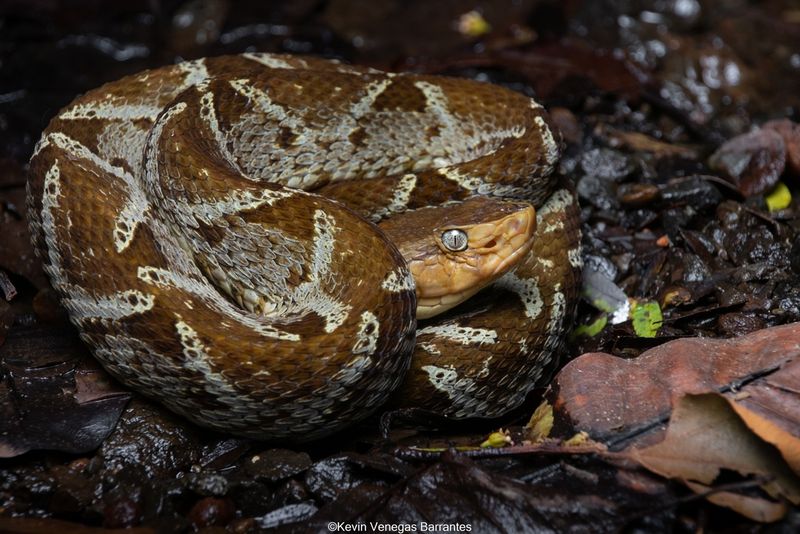
Don’t let the name fool you; the Terciopelo is anything but soft. With a venomous bite that causes extreme pain and tissue damage, this snake is both feared and respected. It’s a common sight in Central American forests, lurking where you least expect it.
8. Neotropical Rattlesnake
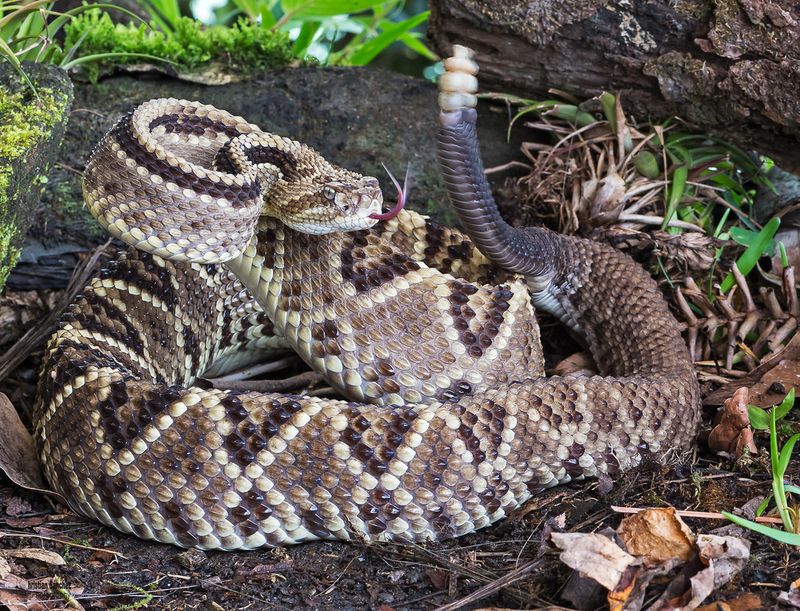
The Neotropical Rattlesnake is a snake of contrasts, thriving in dry, rocky landscapes. Its rattling tail serves as a stern warning to those who venture too close. Equipped with venom that affects both the blood and nervous system, it demands respect.
9. Speckled Racer
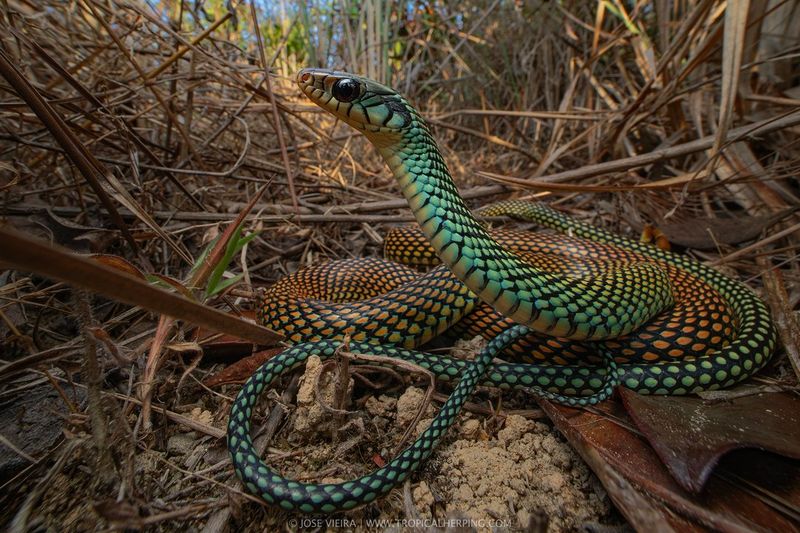
Fast and agile, the Speckled Racer is a hunter’s nightmare. Its striking pattern of spots and stripes isn’t just for show; it’s a signal that this snake is always on the move. Though less venomous than some, its speed and agility make it formidable.
10. Jumping Pit Viper
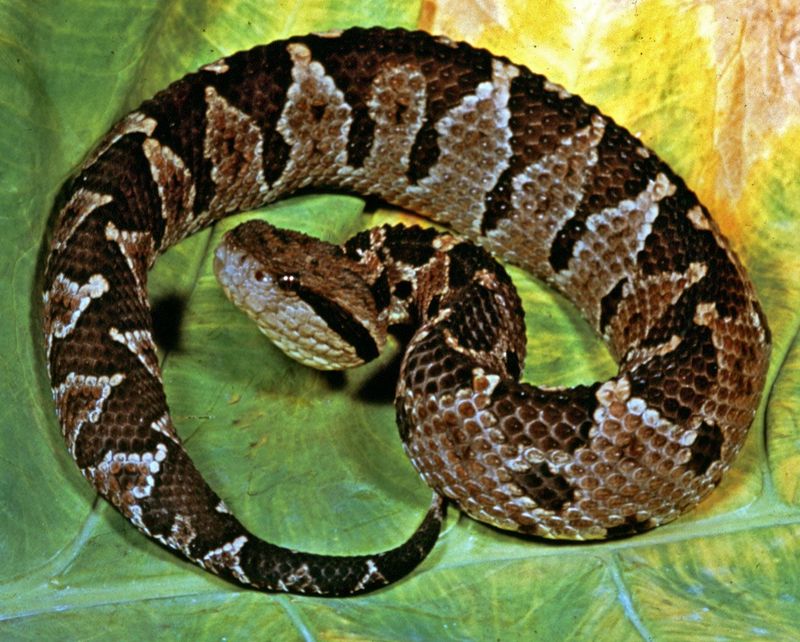
Imagine a snake that can almost leap from the shadows—meet the Jumping Pit Viper. Its name isn’t just for show; this snake can launch itself at prey or threats with surprising speed. Its venom is potent, making it a true predator of the underbrush.
11. Cantil
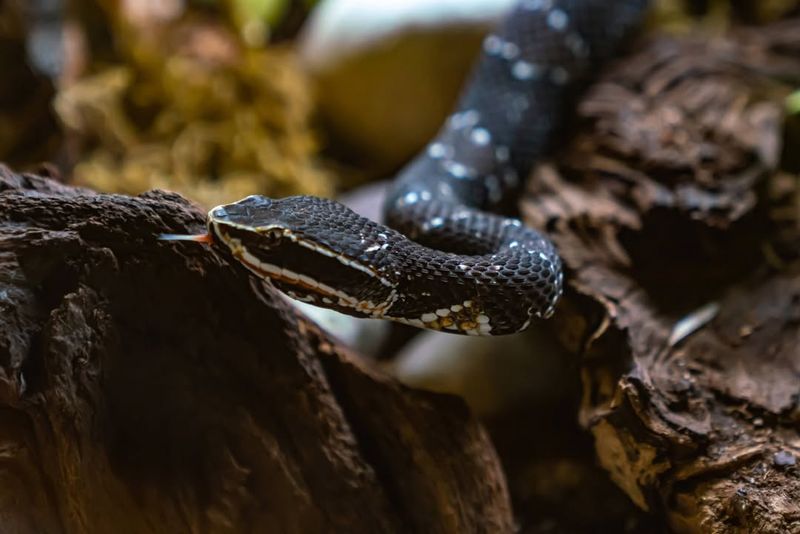
The Cantil is something of a hidden gem in the snake world, sometimes overshadowed by flashier relatives. Yet its venomous bite is nothing to ignore. This snake’s subtle colors help it blend into its environment, where it waits for unsuspecting prey.
12. Mangrove Pit Viper
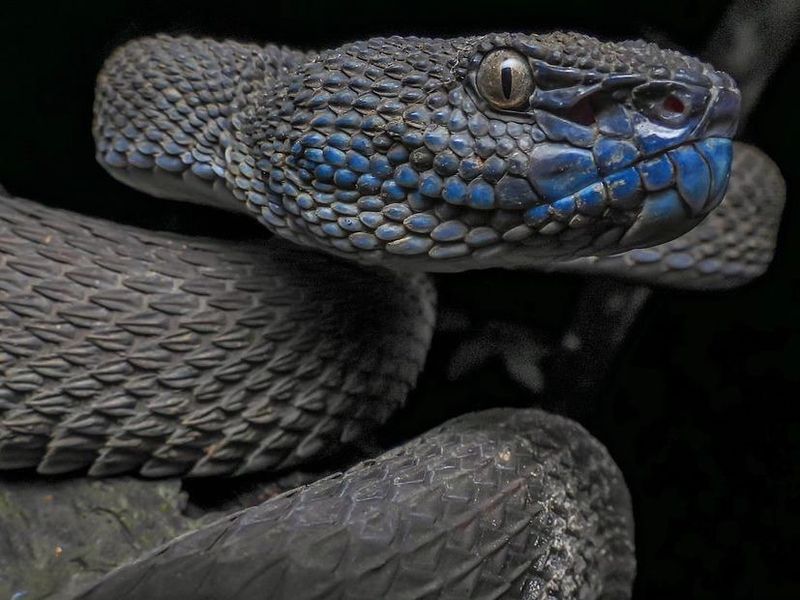
Adapted to life in mangrove swamps, the Mangrove Pit Viper is a true specialist. Its camouflaged scales are perfect for hiding among roots and muddy waters, where it waits for prey. This snake’s venom is part of its arsenal in the tangled roots.
13. Yellow-bellied Sea Snake
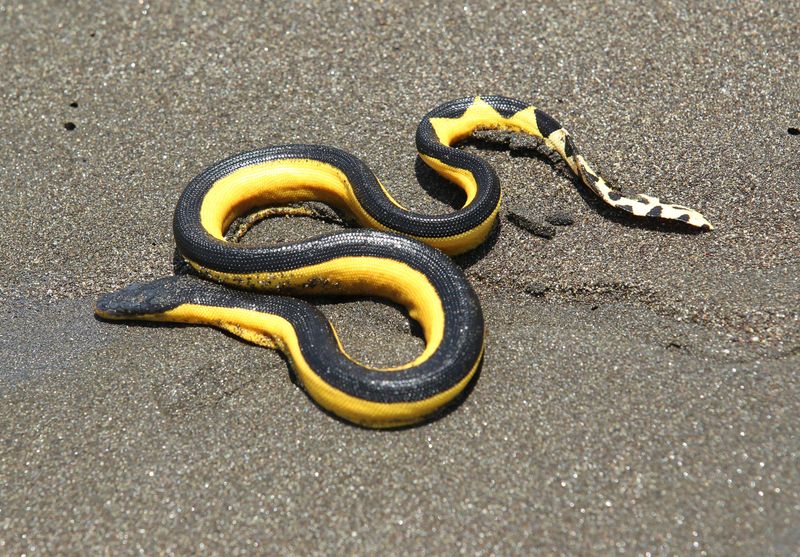
Floating gracefully in Central America’s coastal waters is the Yellow-bellied Sea Snake. Its striking coloration signals danger to potential threats. A true marine snake, it spends its life at sea, where its venom is a powerful tool for subduing prey.
14. Mexican Coral Snake
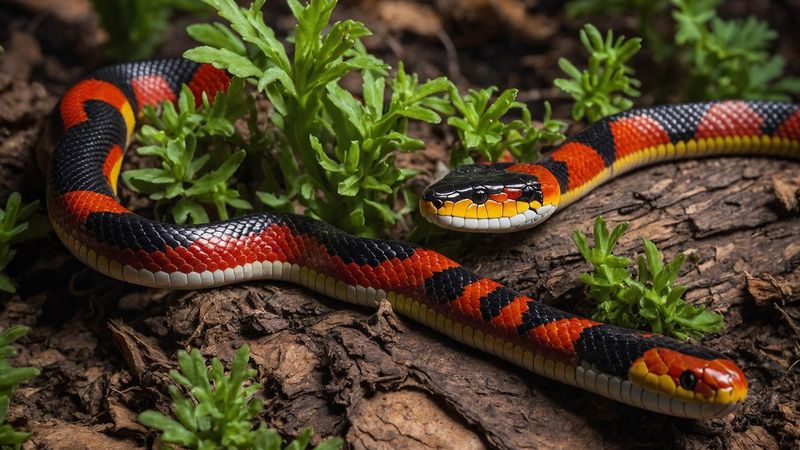
The Mexican Coral Snake is a master of mimicry, using its vibrant bands to deter predators. But don’t be fooled; its venom is potent enough to cause serious harm. This snake prefers to keep to itself, avoiding conflict whenever possible.
15. Banded Tree Snake
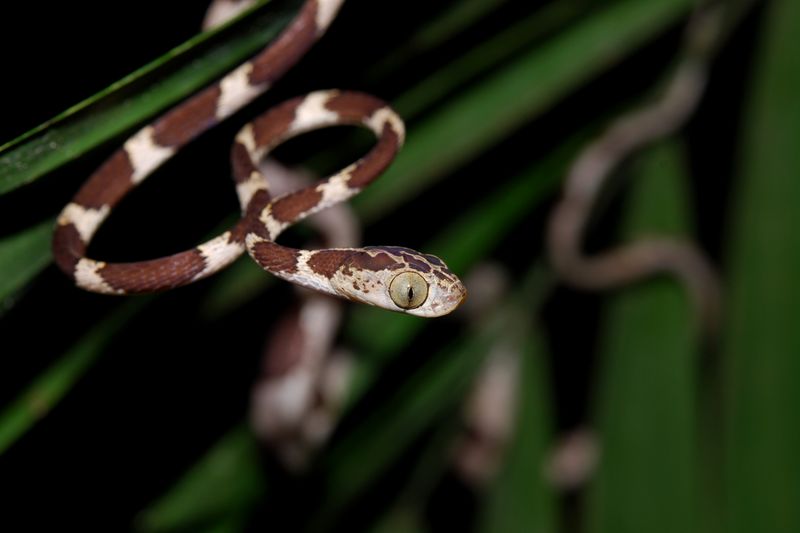
Graceful in the treetops, the Banded Tree Snake is a sight to behold. With its slender body and vivid bands, it’s well-suited to an arboreal lifestyle. Though its venom is mild compared to others, this snake’s beauty is its true weapon in the wild.

